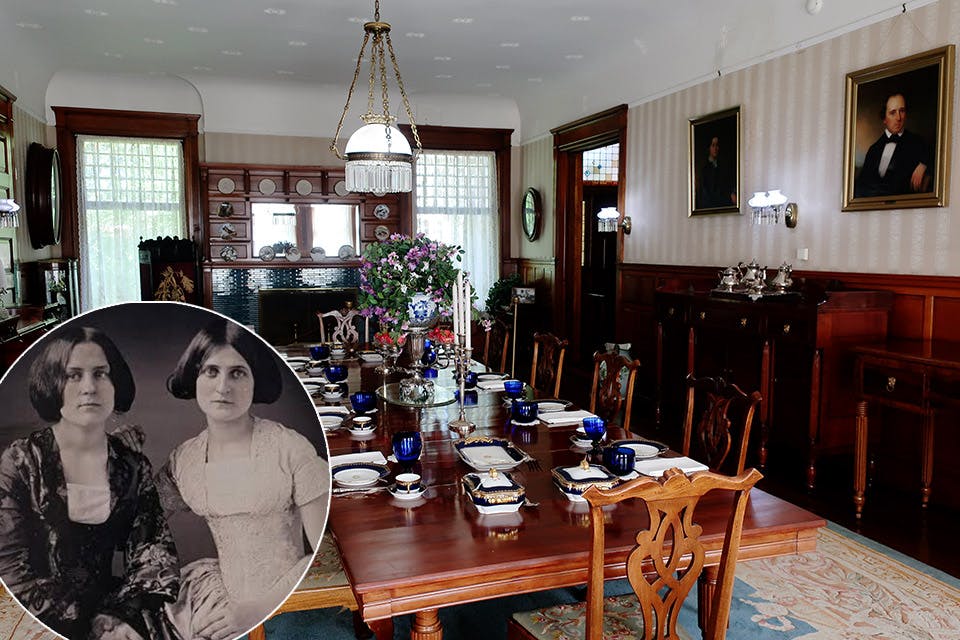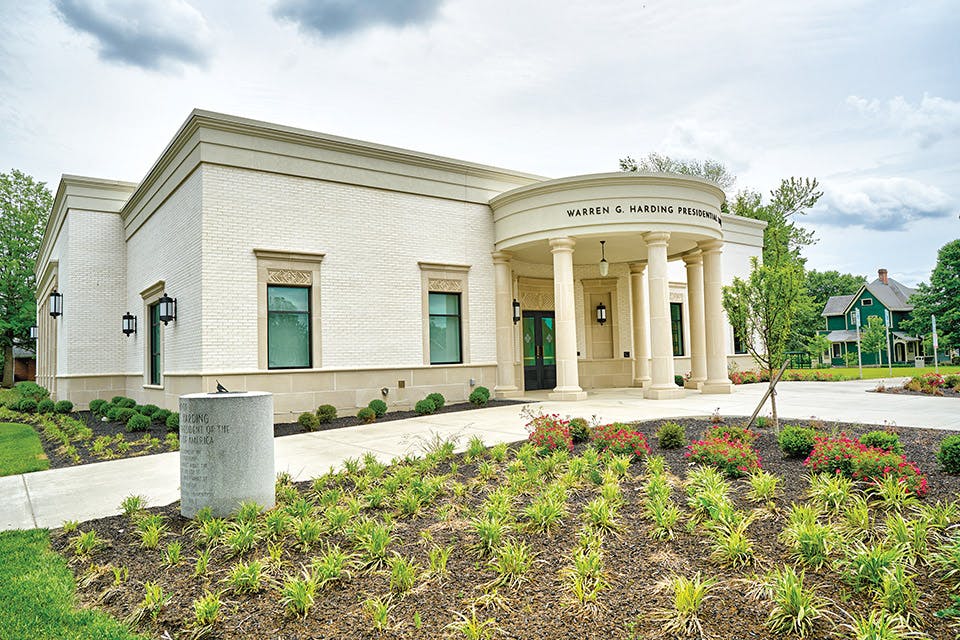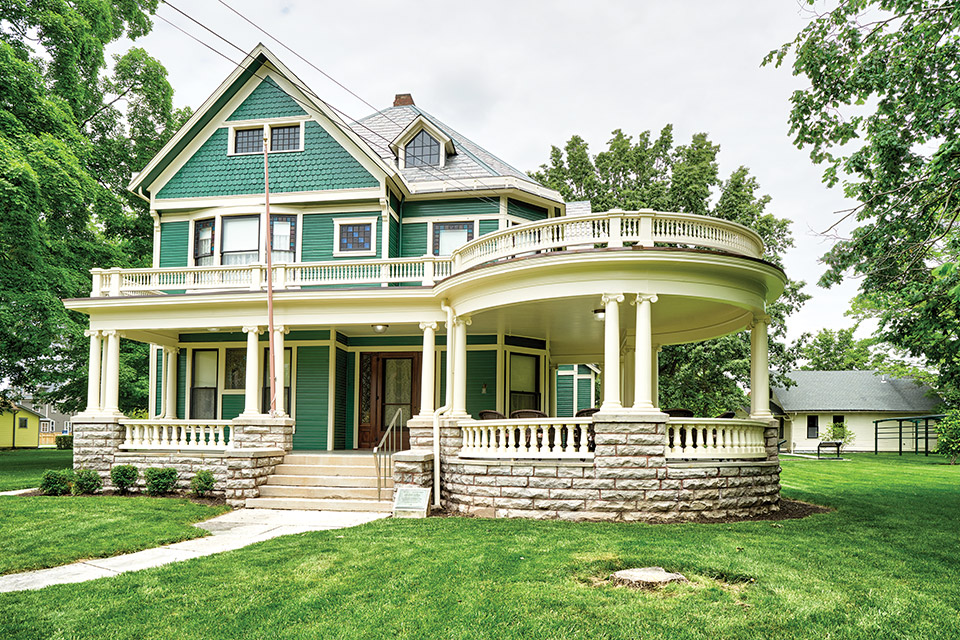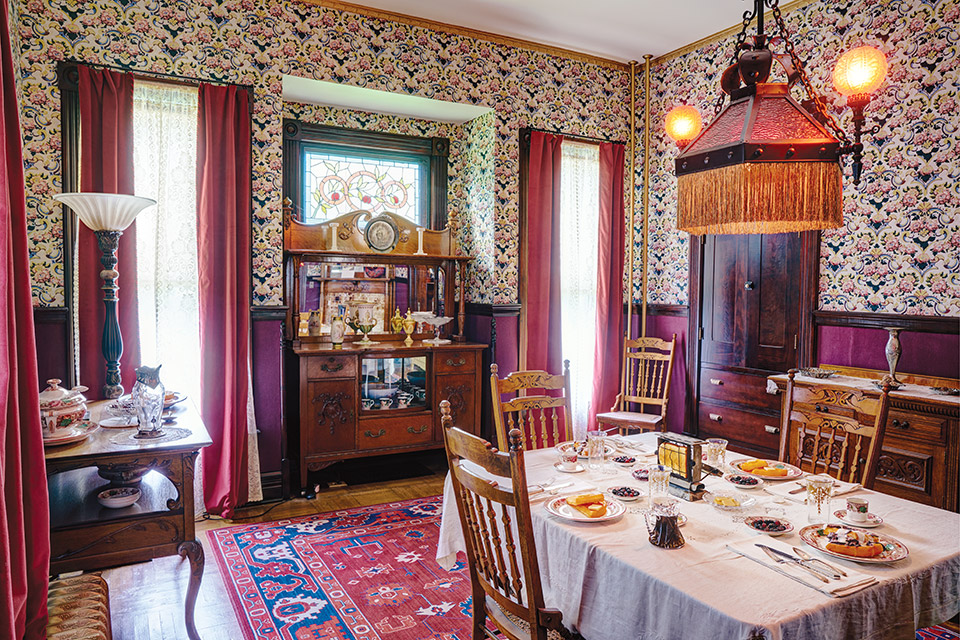Explore the Life of Warren G. Harding in Marion
In 1920, Warren G. Harding campaigned for president from his front porch in Marion. You can tour his home and visit the Presidential Library & Museum that puts his legacy in a new light.
Related Articles

Hayes Home Restoration Brings New Life to a Presidential Landmark
A major restoration project at the Hayes Presidential Library & Museums in Fremont plans to reveal long-hidden rooms and revive historic details, offering visitors a richer glimpse into the life and legacy of President Rutherford B. Hayes. READ MORE >>

‘Calling All Spirits’ Explores Spiritualism at the Rutherford B. Hayes Home
Fremont’s Rutherford B. Hayes Presidential Library & Museums hosts an immersive Victorian experience Oct. 22 and 23. READ MORE >>

Visit the Ohio Graves of 5 U.S. Presidents
Seven presidents were born in Ohio, and another called the state home before being elected. Connect with that history by visiting the final resting places of the five who are buried here. READ MORE >>






